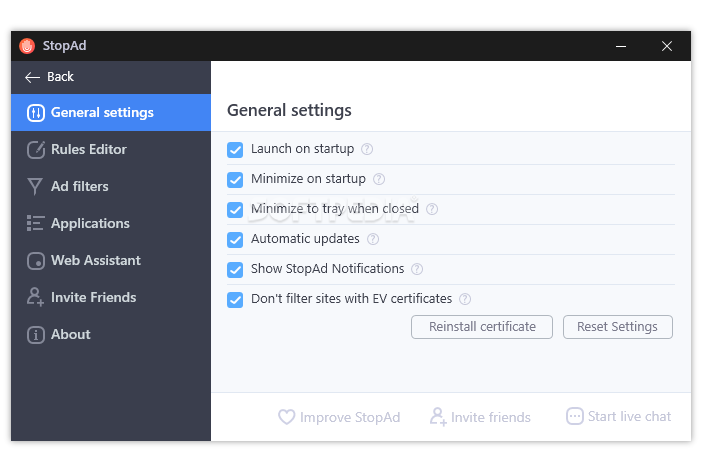
Plan to do something fun.Ĭravings are real – it’s not just your imagination. Give yourself rewards often if that’s what it takes to keep going. Above all, reward yourself for doing your best.Avoid sugary or spicy foods that could be triggers. This keeps your blood sugar levels steady, your energy balanced, and helps prevent urges to smoke or chew. Eat 4 to 6 small meals during the day instead of 1 or 2 large ones.Call a friend, family member, use a mobile app that connects you with others, or a telephone quitline when you need extra help or support.Exercise in short bursts (try alternately tensing and relaxing muscles, push-ups, lunges, walking up the stairs, or touching your toes).Brush your teeth and enjoy that fresh taste.Remember that quitting is a learning process. If you start to weaken, remember your goal. Think about how awesome it is that you’re getting healthier.Remember your goal and the fact that the urge will lessen over time.Picture your lungs filling with fresh, clean air. To remind yourself of these reasons, put a picture of the people who are the most important to you somewhere you see it every day, or keep one handy on your phone. Get ready to face future situations or crises that might make you want to smoke or chew again, and think of all the important reasons you’ve decided to quit.

#Stopad alternatives frer free
For the first few days after you quit smoking or using smokeless tobacco, spend as much free time as you can in public places where tobacco products are not allowed.How do I get through the rough spots after I quit? These all add up to a huge victory over time. Every day you must decide not to use tobacco today.Įach day that you don’t smoke or use tobacco is a small victory. But staying tobacco-free is the longest and most important part of it. Quitting tobacco can be a long and hard process.


 0 kommentar(er)
0 kommentar(er)
